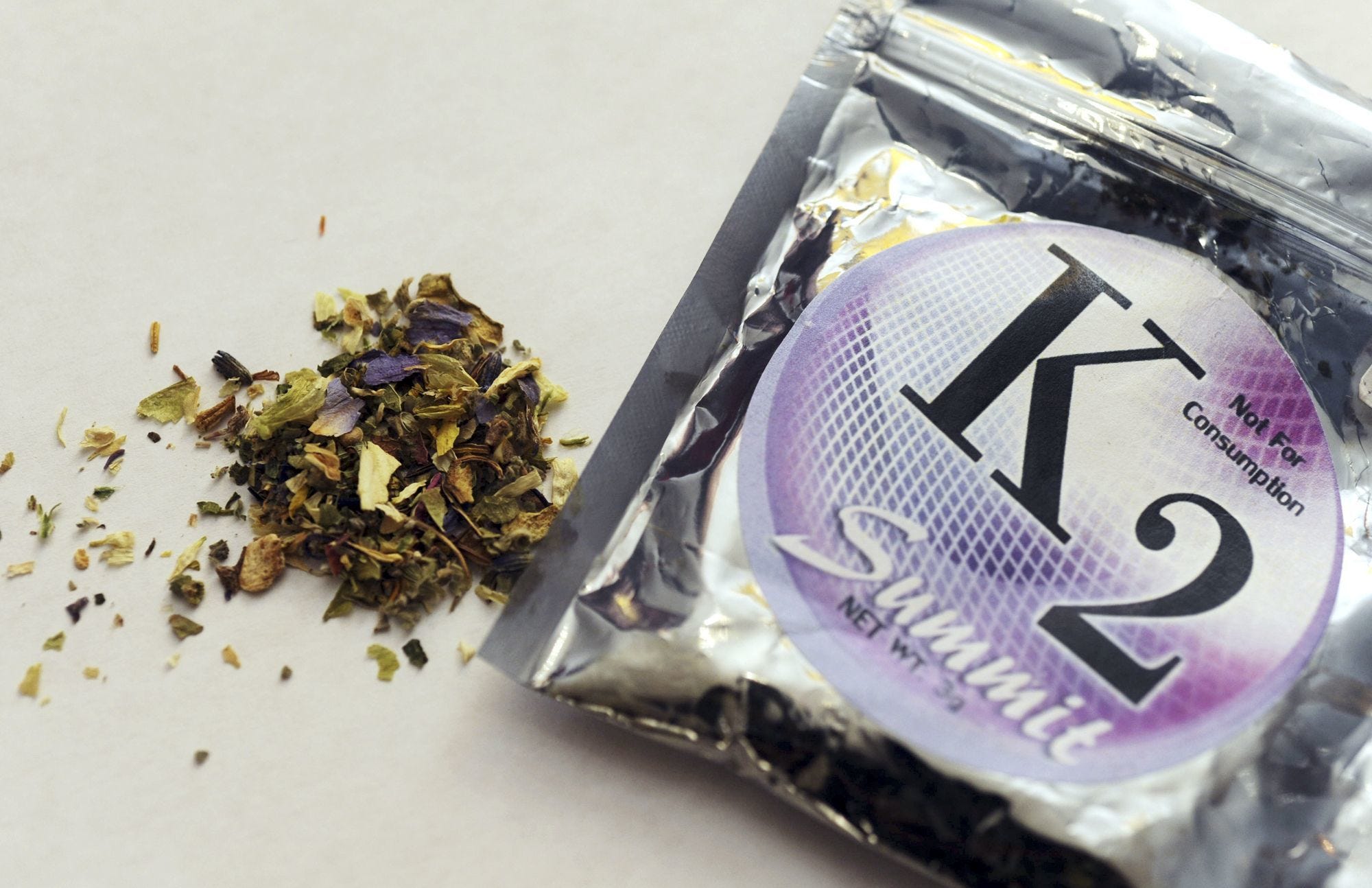"It didn't treat me, however it provided me the opportunity to get the rest I needed to heal, and I was able to work at a much greater level than with the pain relievers, that made me wake up foggy every day," he stated. "With cannabis, I can consume it at night and wake up with a clear head."Marijuana is an especially efficient treatment for individuals who require help with discomfort management, as well as those with sleep conditions or anxiety; however, "there are hundreds of conditions that it treats," Rinella said.
Medical choices need to not be made based on marketing. Seek advice from a physician on the advantages and threats of specific medical marijuana items.
The outcomes of an online survey, comprising 95 participants, included in the Journal of Option and Complementary Medication in 2014. The scientists discovered that participants preferred indica stress for discomfort management, sedation, and sleep while they would go with sativa pressures to enhance energy and state of mind. Relating to discomfort management, participants reported a statistically considerable impact when utilizing indica for: It is, however, important to note that this study had numerous constraints.

Participants did not utilize the marijuana in a regulated setting, potentially leading to distinctions in drug structure, dose, and effectiveness. Another study examined the use of naturally grown sativa and indica strains in the treatment of numerous medical conditions. Simply over half of the participants were utilizing marijuana to treat HIV.
The results indicated that indica stress are most likely to improve energy and appetite, while both sativa and indica stress can alleviate nausea to a similar degree. Marijuana contains substances that might ease discomfort, nausea, and other symptoms. The components of marijuana that the majority of research studies focus on for pain relief are Go to this site cannabidiol (CBD) best marijuana alternative and tetrahydrocannabinol (THC).
CBDTHC resembles the cannabinoid chemicals that happen naturally in the body. When individuals ingest or breathe in THC, it the brain's cannabinoid receptors. This activates the brain's reward system and reduces pain levels. THC is a psychedelic substance as it binds to cannabinoid receptors and produces an elevated frame of mind, referred to as a high.